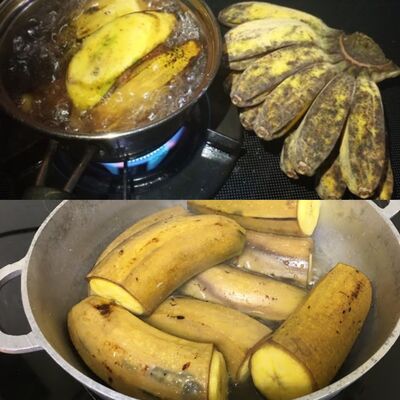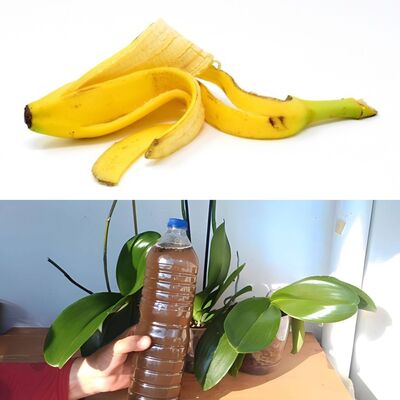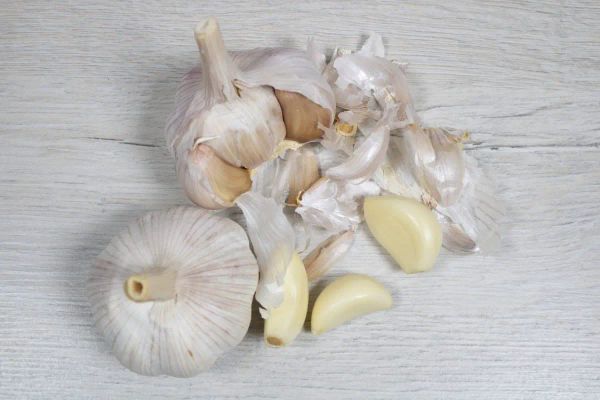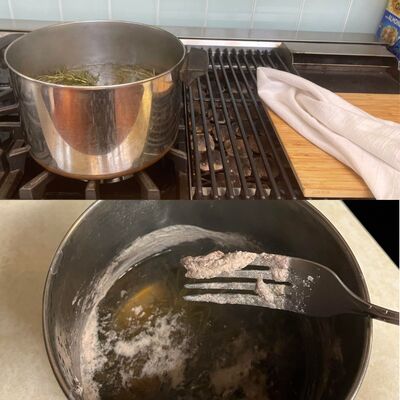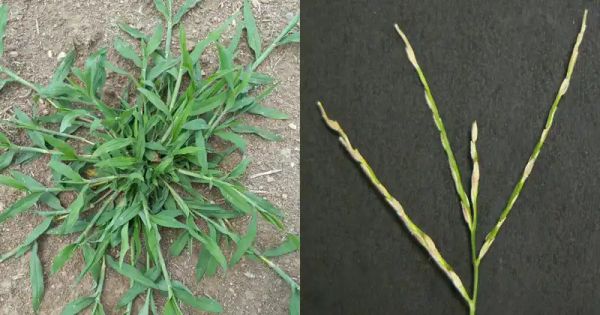
Crabgrass is often seen as a bothersome weed that invades lawns and gardens, but there’s more to this plant than meets the eye. In fact, crabgrass has a range of benefits that can positively impact our health, culinary experiences, and soil management. Let’s delve deeper into the untapped wonders of crabgrass.
Nutritional and Medicinal Goodness
Don’t be fooled by its reputation as a lawn nuisance. Crabgrass is packed with essential nutrients and has a rich history in traditional medicine across different cultures. It contains vitamins such as niacin, riboflavin, and folic acid, as well as important minerals like calcium, magnesium, and potassium. These nutrients promote various bodily functions, including bone health and energy metabolism.
In traditional practices, crabgrass has been used to address digestive issues such as dysentery and diarrhea. Its diuretic properties help flush out toxins by increasing urine production. Additionally, some believe that crabgrass possesses blood-purifying properties and can aid in treating liver ailments.
Culinary Pleasures
Did you know that crabgrass seeds, known as millet, are not only edible but also highly nutritious? Similar to grains like quinoa or rice, they can be cooked and enjoyed. In parts of Africa, crabgrass is harvested specifically for its grains, which are used to make porridge or fermented to produce traditional beers. The young and tender leaves of crabgrass can also be added to salads or cooked as a leafy vegetable, offering a mild and slightly sweet flavor.
Environmental and Agricultural Allies
Crabgrass plays a vital role in soil conservation. Its extensive root system helps prevent soil erosion and enhances soil structure and fertility. Due to its rapid growth, crabgrass quickly covers bare patches of soil, shielding it from erosion caused by wind and rain.
Beyond soil conservation, crabgrass acts as a natural aerator. Its roots penetrate compact soils, improving aeration and drainage. This incredible ability makes crabgrass an excellent choice as a green manure or cover crop in agricultural practices. By plowing it back into the soil, organic matter and nutrient content are increased.
Incorporating Crabgrass into Your Daily Life
Here are a few simple ways to make the most of crabgrass:
- Grain Harvesting: Collect the seeds of crabgrass at the end of the growing season. These seeds can be dried and stored, serving as a grain substitute in various recipes.
- Young Greens: Harvest the young leaves of crabgrass before it flowers. These leaves can be enjoyed fresh in salads or cooked similarly to spinach.
- Herbal Remedies: Utilize dried crabgrass as a potent tea for its potential digestive and diuretic benefits. Steep it in hot water and sip it to ease stomach upset or to detoxify the liver.
In Conclusion
While crabgrass may not be everyone’s top choice for garden plants, understanding its many benefits can transform our perception of it from a troublesome weed to a valuable resource. Whether you appreciate it for its nutritional grains, soil-enhancing properties, or medicinal qualities, crabgrass proves to be a versatile wonder of nature that deserves a second look.

